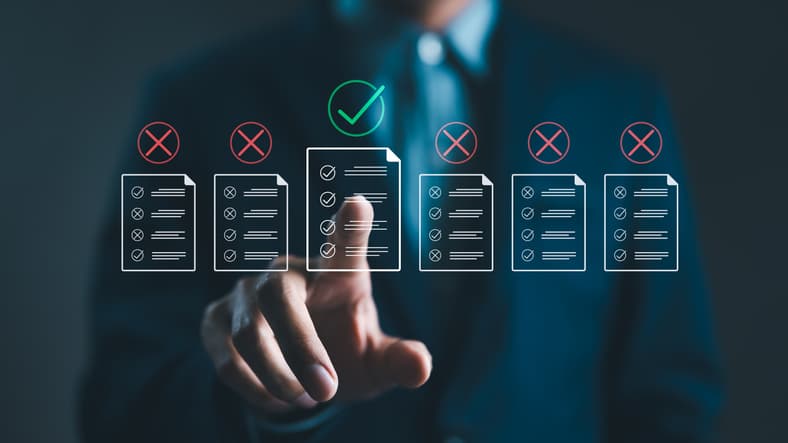
With robust cybersecurity measures, companies can make SaaS applications more secure.
Software as a service (SaaS) holds a vast variety and amount of sensitive data, such as payment card numbers and personally identifiable information. Accordingly, SaaS environments are a particularly appealing target for cybercriminals. However, it is possible to eliminate the security vulnerabilities that may occur by taking the right precautions when using SaaS applications.
By providing the tools businesses need in cloud-based servers, SaaS lowers costs and provides companies with versatility and the ability to grow operations rapidly. However, it can also introduce security vulnerabilities. Companies often do not take threats into account when migrating to the cloud, but data breaches via SaaS resources, single or multi-account hijacking, poor identity management, misconfiguration, and insufficient API security are among the best-known security concerns regarding SaaS.
According to Juta Gurinaviciute, the chief technology officer at NordLayer, here are the best security practices for SaaS:
Multi-factor authentication
Companies can reduce the danger of unauthorized breaches by installing robust authentication and access control systems. The implementation of multi-factor authentication ensures zero trust and provides the highest level of security against compromised credentials.
Users can apply multi-factor authentication (MFA) by combining different factors for authentication: something they know, something they have, and something they are. Examples of the first are a password or PIN; the second, a physical object such as a USB stick or a bank card; and the third, a fingerprint, retina, or voice. Signing on with a combination of two or more factors improves security. Furthermore, sign-on portals can be monitored and encrypted, and SaaS software work well together.
Smart alerts
If companies want to guarantee solid security at all times, they must prefer SaaS providers that provide usage-pattern monitoring and notifications when security protocols are breached. Before adopting any solutions, companies should ensure that teams develop particular security policies for each service.
Although automation is a popular choice for reducing security duties, partial automation is usually the best option because it gives security professionals the fine-grained control they need to conduct audits and react when necessary. It is important to be able to track all SaaS usage on a frequent basis. SaaS ecosystems can shift quickly as new technologies become available and providers alter their business models. Companies should watch out for new, untracked SaaS consumption, and be on the lookout for unexpected developments.
CASB
As a gold standard add-on for enterprise SaaS installations, cloud access security broker (CASB) technologies can be API or proxy-based depending on the SaaS arrangement, and they add an extra layer of security management.
Many SaaS vendors purposefully build their products to work with CASB software. These technologies serve as policy enforcement centers, bringing together a variety of security services such as access control and authentication as well as behavior monitoring, encryption, and virus scanning. With a strong CASB, you can extend your security policies from on-premises to the cloud quickly and safely. Scaling up SaaS implementations will be easier, and CASB will also help with security compliance.
In addition to CASB, companies should ensure that employees use reputable VPNs that conceal their true IP addresses from malicious attackers and provide secure encryption. Smart firewalls that are configured to operate with your SaaS system are also essential.
Logging and awareness
Security is never compromised when using SaaS. For tracking the data and historical analysis, teams require the ability to log events. Companies should choose a cloud provider that can provide detailed data and logs and promises complete transparency. Also, should be assigned a security guard to ensure complete situational awareness at all times.
Staff training
Transitioning to SaaS can bring new risks, particularly during times of organizational change when more employees move from offices to remote or hybrid work. Teaching employees cybersecurity essentials before deploying SaaS solutions, such as avoiding shared accounts, phishing awareness, VPN use, and password security is a must for companies.
ABOUT NORDLAYER
NordLayer is an adaptive network access security solution for modern businesses — it was formerly known as NordVPN Teams. NordLayer helps organizations of all sizes to fulfill scaling and integration challenges when building a modern secure remote access solution. Moving towards an ever-evolving SASE framework, NordLayer’s solutions are quick and easy to implement with existing infrastructure, hardware-free, and designed with ease of scale in mind. NordLayer meets the varying growth pace and ad-hoc cybersecurity requirements of agile businesses and distributed workforces of today. For more information: nordlayer.com.


